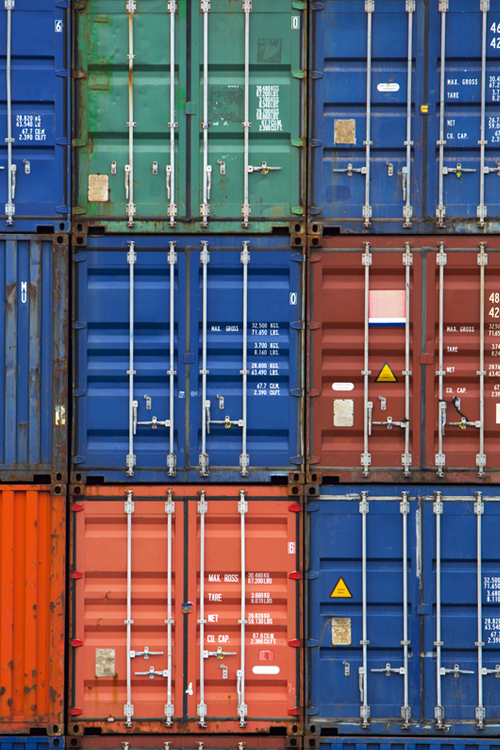Salvage operations continue after several containers, including possibly toxic material, caught fire aboard the MV Zim Kingston on Saturday October 23rd while anchored about 8km off shore near Victoria, British Colombia. Most of the Crew was evacuated promptly without loss of life, while five crewmembers including the Captain voluntarily remained aboard to assist in firefighting and salvage.
The vessel is owned by Greece-based Danaos Shipping Co. and chartered by Israel-based Zim.
2-mile Exclusion Zone: The Canadian Coast Guard has established a 2 nautical mile exclusion zone around the incident, and the Ministry of Transportation has prohibited aircraft, including drones, from flying below 2000 feet over the stricken vessel.
Salvage Operations: The salvage is being managed by Resolve Marine (USA), and included two water pumping tugs that suppressed the original fire. Crew and salvors have returned to the vessel to investigate the damage, and it is not clear yet what the immediate fate of the ship and its cargo will be.
Lost Containers: The incident apparently started prior to the fire, when the vessel reported losing approximately 40 containers overboard in heavy weather in the Juan de Fuca strait, which separates Vancouver Island (Canada) from Washington State (USA). However, the Canadian Coast Guard is now reporting that more than 100 containers are missing, with the total number still subject to change. Containers and cargo have already begun washing up on the south shores of Vancouver island, including refrigerators, clothing, and toys.
Anyone with information or sightings of the containers is asked to call 1-800-889-8852
Hazardous Compound: The vessel was carrying more than 52,000 kilograms of xanthates – including potassium amylxanthate – in two of the containers that were on fire. The compounds, used in mining operations, are toxic and spontaneously combustible. Experts are concerned about the impact of the lost containers and cargoes both on the safety of mariners and on the coastal ecosystem: the compound itself is highly toxic to marine life with consequences that will not be immediately known and which depend to a great extent on the level of exposure that results from the loss.





Leave A Comment